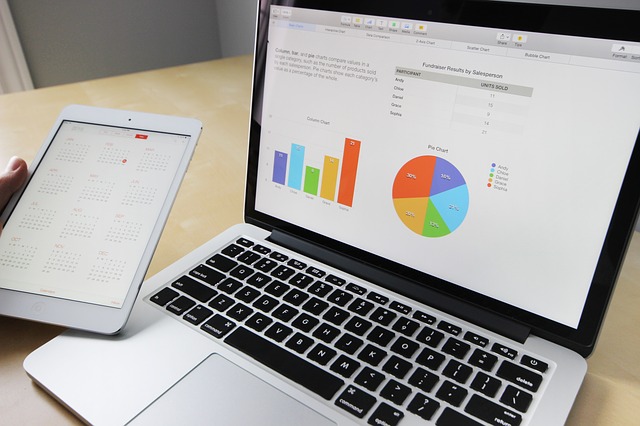Cloud Stocks: Smartsheet Focuses On Partners, And Not On ISVs

According to a research by Adroit Market Research, the global enterprise collaboration software market is estimated to grow to $45 billion by 2025. Smartsheet (NYSE: SMAR), a leading provider of these services, is seeing strong demand for its products. The recent pandemic-induced virtual working conditions have accelerated the adoption of these technologies.
Smartsheet’s Financials
For the quarter, Smartsheet’s revenues grew 40% to $109.9 million ahead of the market’s forecast of $102.72 million. Net loss was $0.04 per share, which was significantly better than the market’s estimated loss of $0.13 per share.
By segment, Subscription revenues grew 42.3% to $101.1 million, and Professional services revenue grew 17.6% to $8.8 million.
Among operating metrics, customers with annualized contract value (ACV) of $5,000 or higher increased 31% to 11,874. Customers with ACV of $50,000 or higher grew 58% to 1,515 and customers with ACV of $100,000 or higher soared 68% to 588. Its net dollar retention rate was 123% and average ACV per domain-based customer increased 40% to $5,103.
For the year, Smartsheet’s revenues grew 42% to $385.5 million and net loss was $0.33 per share.
For the first quarter, Smartsheet expects revenues of $111-$112 million with a non-GAAP net loss per share of $0.15-$0.14. The market was looking for revenues of $108.96 million with a loss of $0.12 per share. Smartsheet expects to end the year with revenues of $500-$505 million with a loss of $0.44-$0.36 per share. The market was looking for revenues of $378.3 million for the year with a net loss of $0.42 per share.
Smartsheet’s Growth Focus
Earlier this year, Smartsheet announced the release of a series of ecosystem partners and product innovations to support the growing demand for virtual collaboration. The new product upgrades are focusing on delivering an optimal workflow and resource management. Smartsheet can now provide leaders with access to information on team activity so that they can staff projects more efficiently. It is also driving productivity improvements with automated no-code workflows between Smartsheet and partner platforms so that repetitive, manual processes can be eliminated. By releasing easy-to-build, intuitive web and mobile applications that can integrate worksheets, forms, reports, dashboards, and external web content, it is accelerating streamlining of business processes.
It also released some key integrations with other enterprise solutions. For instance, Smartsheet has now been integrated into Microsoft Teams to add the ability to easily send notifications, reminders, and direct messages between Smartsheet users. Users can also add Smartsheet “tabs” within a Teams channel.
For Adobe, its latest integrations allow creative and marketing teams to better manage projects, resources, and workflows through its Adobe Creative Cloud extension. Within Salesforce, the new connector allows for automatic syncing of data to ensure all stakeholders are viewing the most current information.
Finally, a Jira connector drives visibility into IT and software development projects to ensure every record is up to date. Prior to these integrations, Smartsheet already had working integrations with other enterprise services such as AWS, Box, Dropbox, Google, Microsoft, Slack, ServiceNow, and Workday.
Smartsheet has been building an integration-focused portfolio, but it is still not working on an active PaaS strategy. Like I have said before, Smartsheet should be looking at players like Atlassian who have a robust PaaS ecosystem that is mutually beneficial to both the ISVs and Atlassian. Atlassian boasts of an app marketplace of over 4,000 apps that have helped bring $1 billion in lifetime sales for its developers. Its developer community has built more than 28,000 apps for their in-house teams and more than 60% of its customers across Jira Software and Confluence use at least one Marketplace app. Smartsheet, on the other hand, is working on an integration-based model with just over 65 integrations in place.
Its stock is currently trading at $65.89 with a market capitalization of $8.05 billion. It climbed to a 52-week high of $85.43 earlier last month. It had fallen to a 52-week low of $31.06 in March last year.
Disclosure: All investors should make their own assessments based on their own research, informed interpretations and risk appetite. This article expresses my own opinions based on my own ...
more


